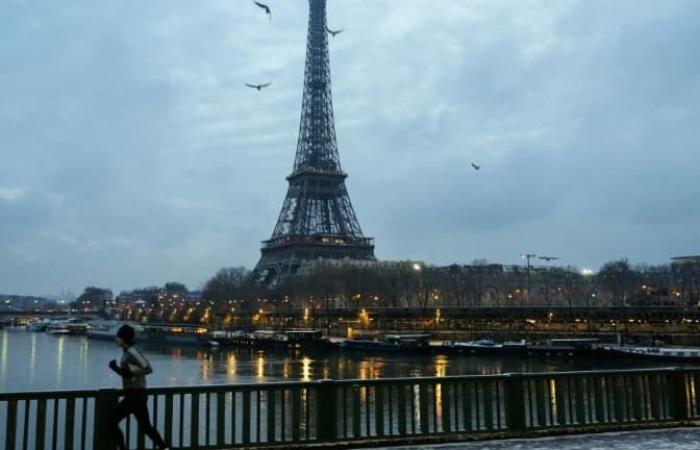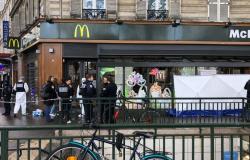
On Tuesday, November 12, the City of Paris presented a plan comprising 400 measures. Among these is the desire to transform the capital into a true “garden city”.
Faced with the prospect of temperature peaks of 50 degrees from 2050, the City of Paris presented on Tuesday November 12 the final version of its fourth “climate plan” (2024-2030), which includes some 400 measures intended to preserve the habitability of the capital.
This plan is one of the four strategic plans which will be voted on at the next Paris Council, from November 19 to 22, with the local bioclimatic urban planning plan, the resilience strategy and the environmental health plan.
Following a citizen consultation launched in September 2022, a preliminary draft climate plan was the subject of a first vote in December 2023 before being submitted for consultation to public authorities.
“We want to act faster, stronger, accelerate (…) and propose a new model of city development to guarantee the possibility of living in Paris,” Dan Lert, deputy environmentalist in charge of the Transition, explained to the press. ecological, in the premises of the new James Baldwin media library (19th arrondissement), a building presented as emblematic of low-carbon rehabilitation.
A “garden city”
This climate plan, which plans to achieve carbon neutrality in 2050 in accordance with the precedent adopted in 2018, pursues five major objectives: the “protection of Parisians” with 300 new hectares of green spaces, the planting of 170,000 trees, the presence of an island of freshness less than seven minutes on foot from each inhabitant or the de-waterproofing of 40% of the territory by 2050.
“We have the ambition to move from a 'city with gardens' to a true 'garden city' (…). Plants must irrigate not only the streets, the squares, but also the roofs, the walls , the buildings”, specified Christophe Najdovski, assistant ecologist in charge of revegetation.
The plan also plans to scale up the transformation of buildings, with the objective of renovating 5,000 social housing units per year, to “drastically reduce greenhouse gases and air pollution” by transforming in particular 60,000 parking spaces for pedestrians and greening, as well as the creation of 400 “school streets” closed to traffic.
The Parisian executive also plans to no longer use fossil fuels to heat public facilities by 2040, to reduce water withdrawals by 15% and to develop 6,000 renewable energy production facilities in the municipal building stock. .
The last axis plans to support the local economy towards greater resilience, with the exit of single-use plastics or the desire for the establishment of a tax on e-commerce, generator of “urban congestion” and “waste production”, which could bring in 180 million euros per year for the City.





